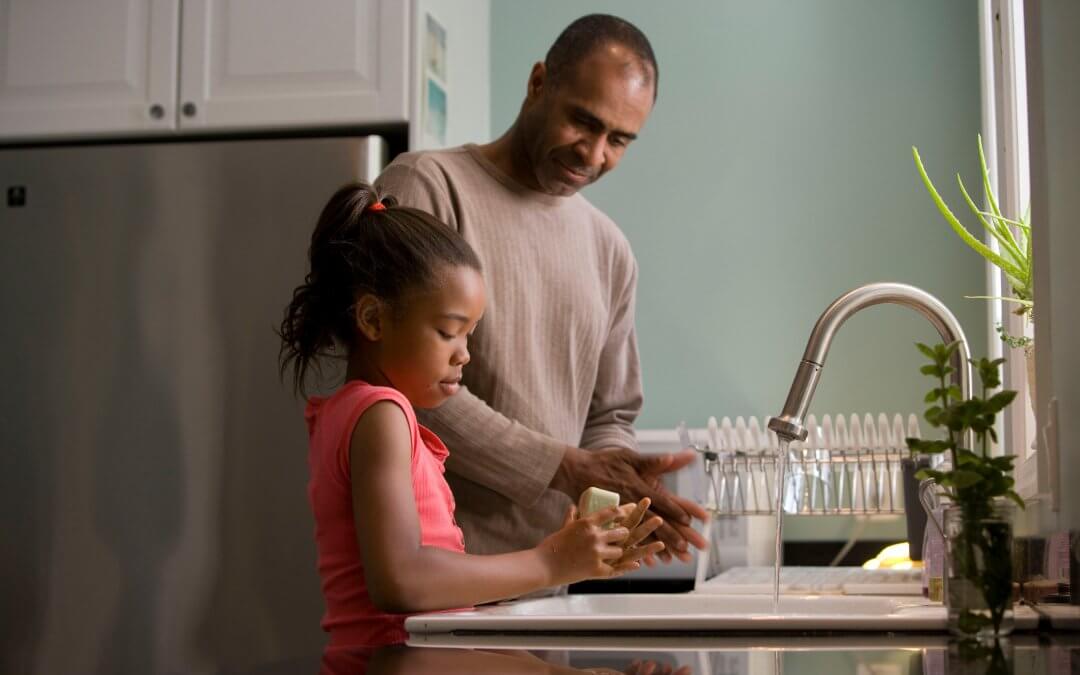When our world stopped operating as normal over three months ago, our children’s routines also came to halt. Amongst all of the unknown, caring and protecting for our special needs community has brought an array of challenges and changes. A large factor in caring for children with special needs is understanding how they are at higher risk than others. Bonnie Klein-Tasman, Professor in the Department of Psychology and Child Neurodevelopment Research Lab Director at UW-Milwaukee, broke down two big ways that children with special needs are at higher risk.
“It is harder to internalize the practices that are needed to keep them safe. They will have a harder time with things such as keeping masks on or washing hands,” she said, referring to how a child’s developmental stage can make it harder for them to understand. The second issue, she said is regarding how vulnerabilities in medical problems can increase adverse infections. Professor Klein-Tasman explained that although we do not know enough yet, “we do know there are several underlying conditions that does put them at greater risk of contracting the virus, such as a child who has a respiratory condition.” However, she wants parents to know that there is good news as well. “Kids are resilient. A stressor [for them] is simply that things are different.” She advises building a new rhythm and routine to create a new sense of normalcy in these trying times.
For many children, it’s the extreme change that occurred almost overnight that has proved to be one of the more difficult challenges. Karen Olsen, one of our SFCC parents, recounts how their family’s routine and daily life has shifted throughout the pandemic. “The biggest change was that Thomas couldn’t see his dad for 7 to 8 weeks.” Olsen explained that Thomas’s dad works in the healthcare field, so they decided that limiting their interactions with him was best for their family. This meant that Karen’s responsibilities as a mom and caretaker were multiplied in many ways. “We were fortunate enough to be able to hire a caretaker to work with Thomas while I work. But for a few weeks, it was no other children. It was just Thomas, me and his caretaker, but no one else. It was tough,” Karen recalls.
However, Olsen said there have been silver linings in spending this extra time with Thomas. “I didn’t realize how much he loved dance parties or how much he has learned to enjoy being in the yard.” Today, Thomas is back at SFCC with his friends, but Olsen said he still loves being outdoors when he’s at home. “He asks to go to the yard now and that’s something he never did before. It’s a new appreciation for it…little things like going outside everyday helped him get acclimated to his new routine (through the Safer at Home order.)”
